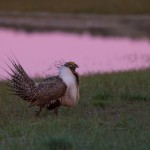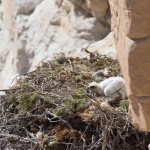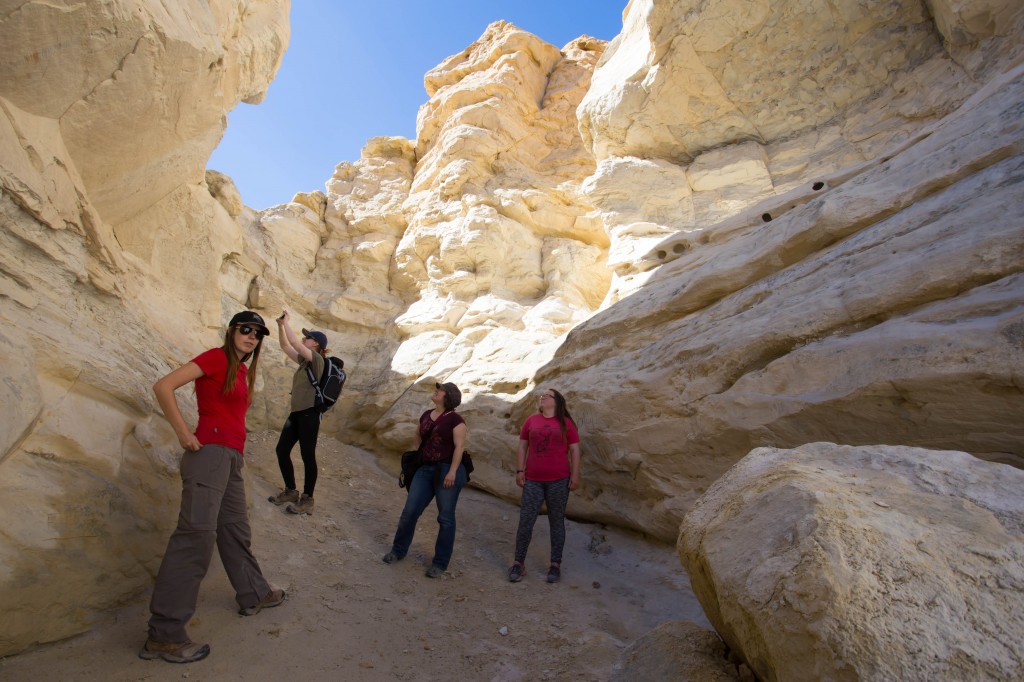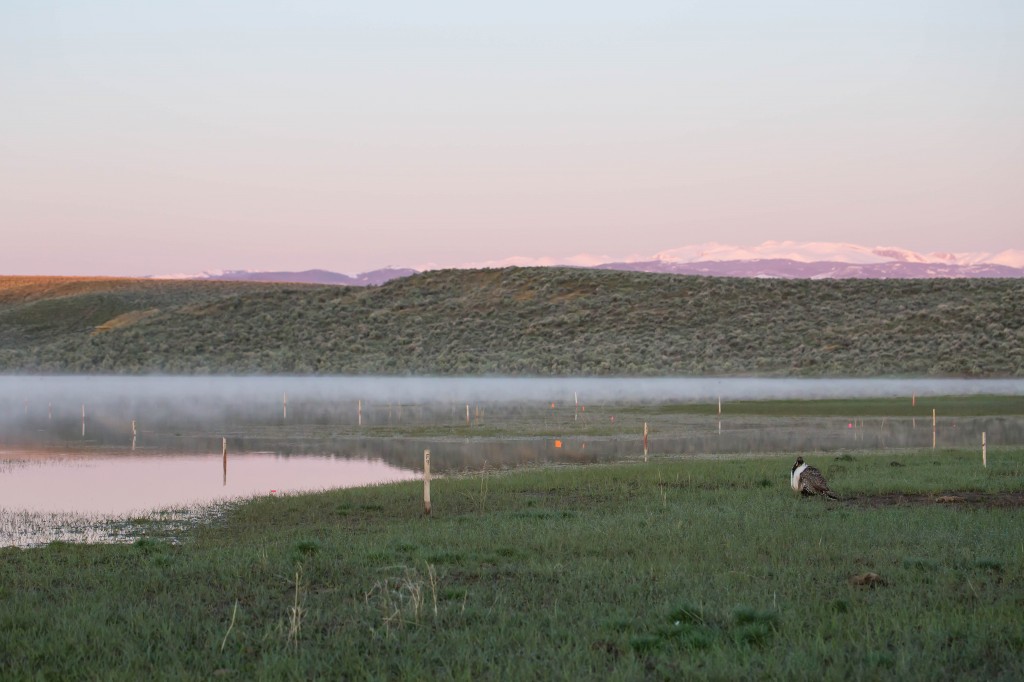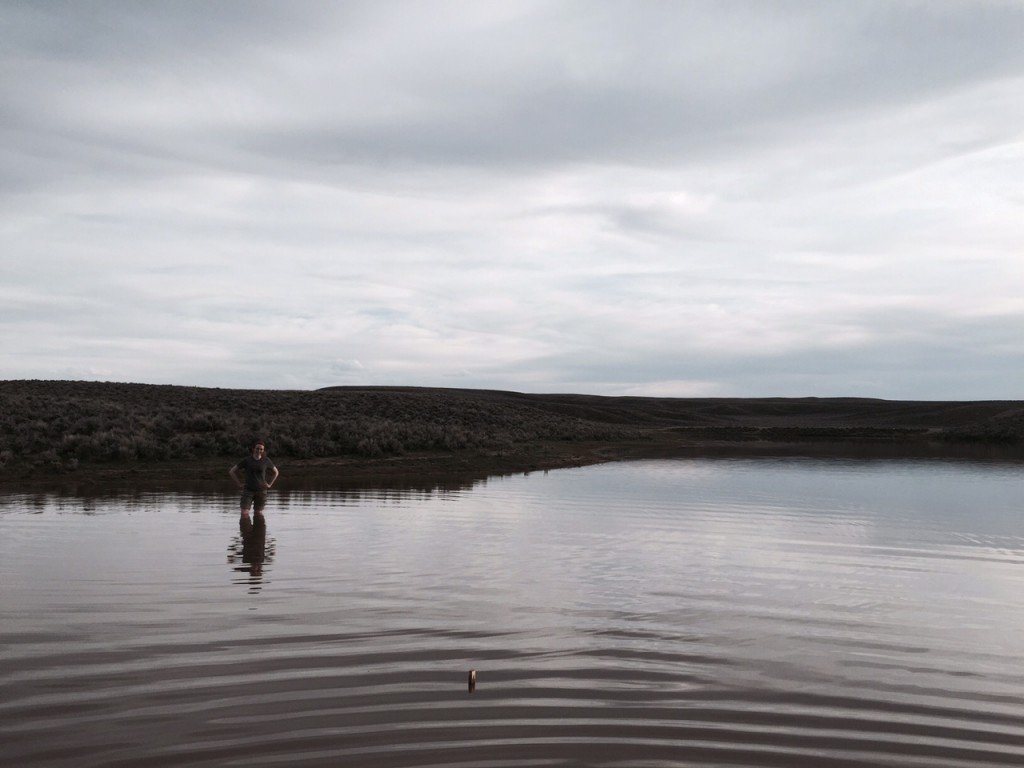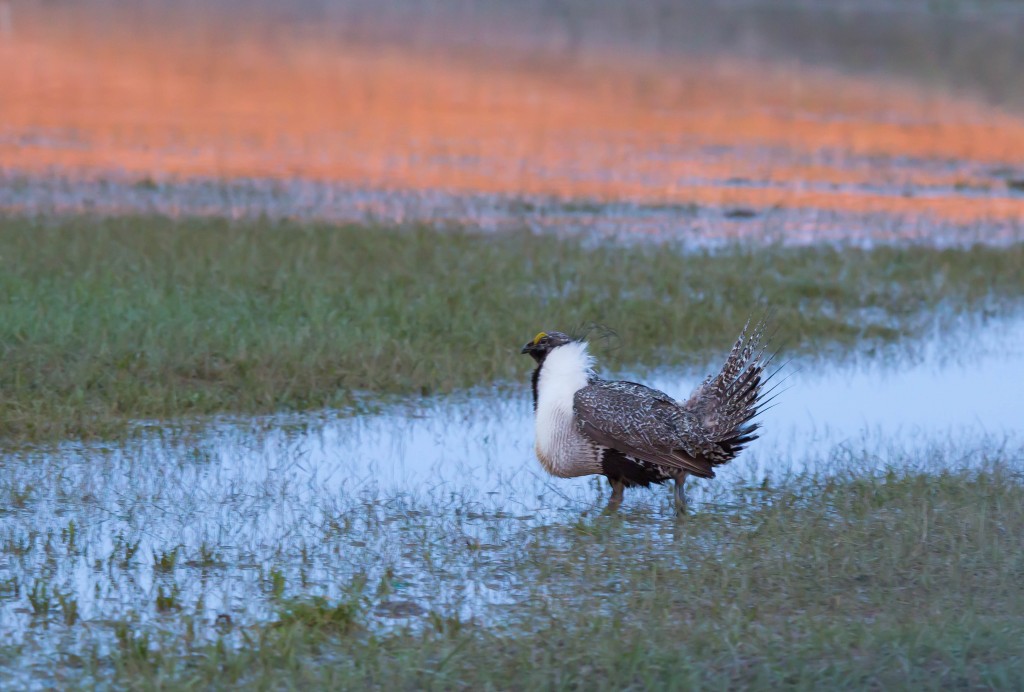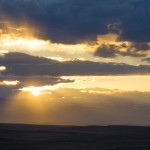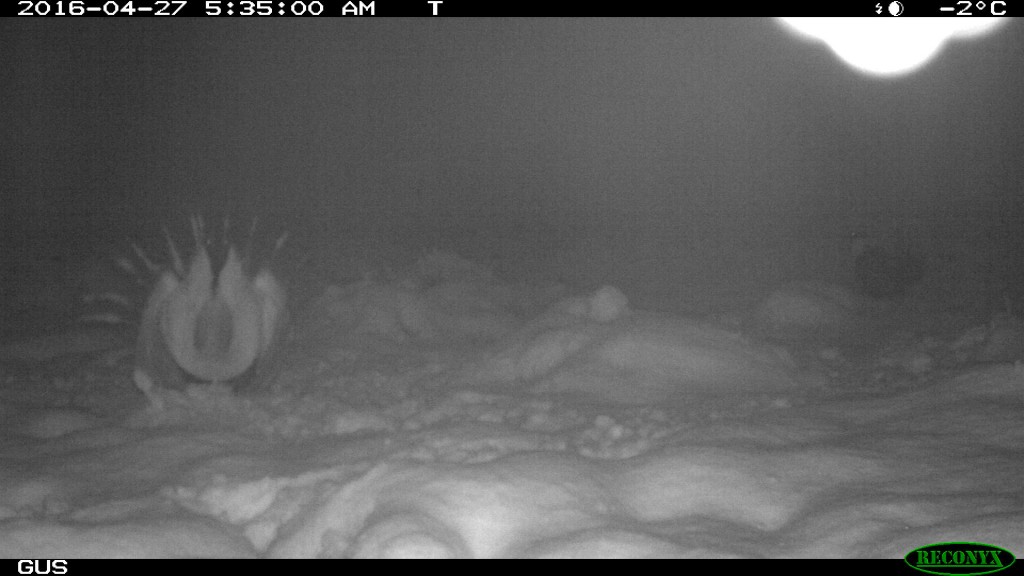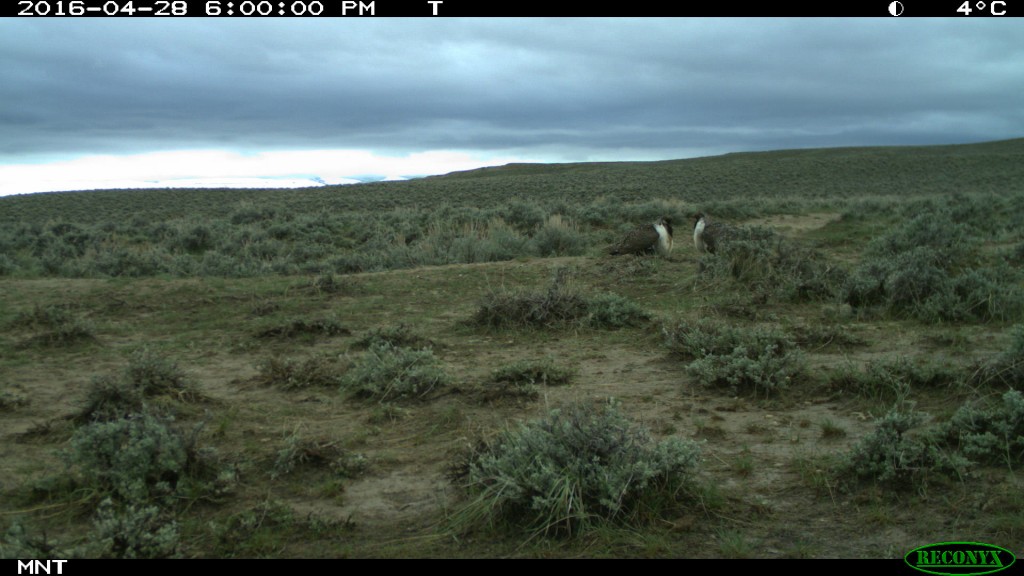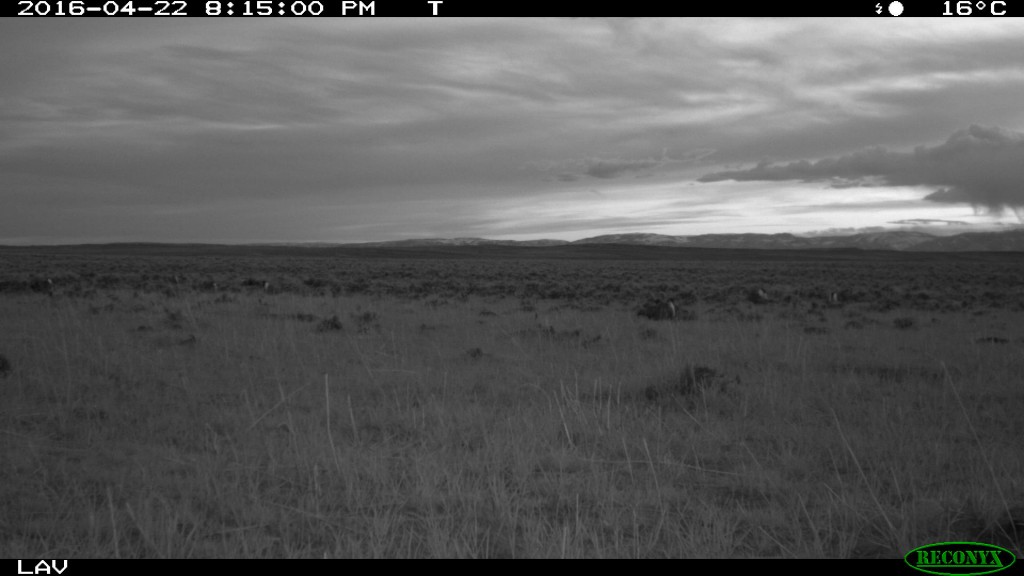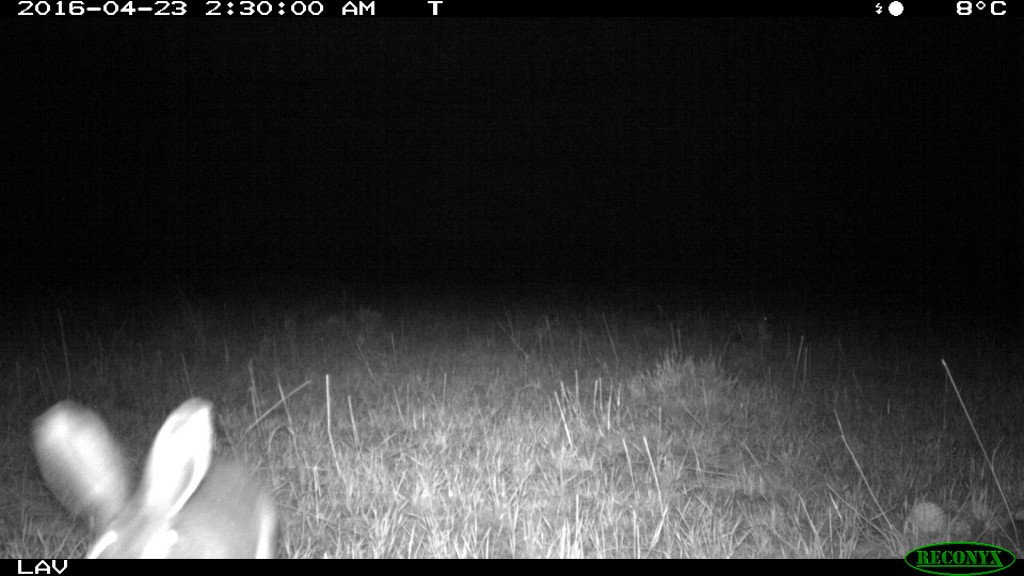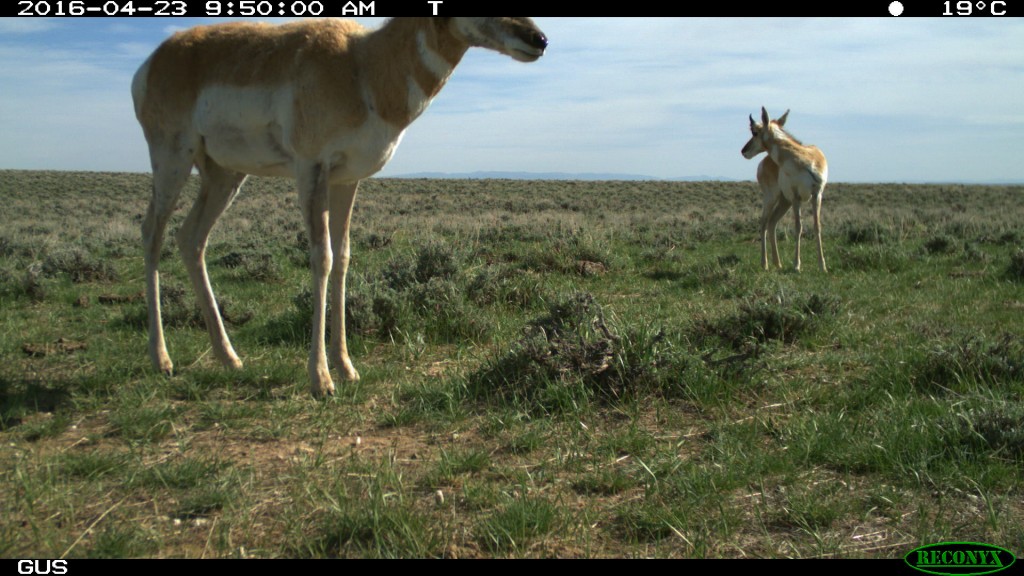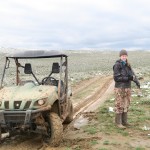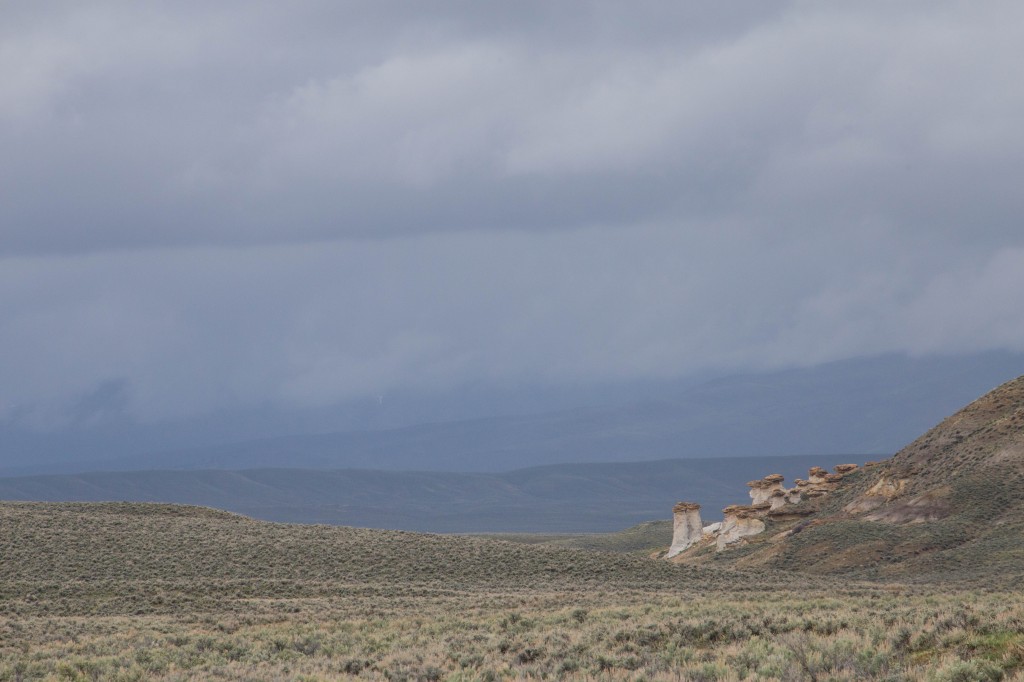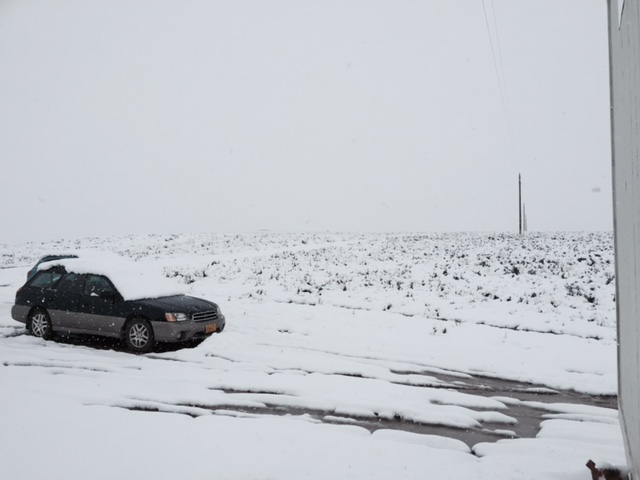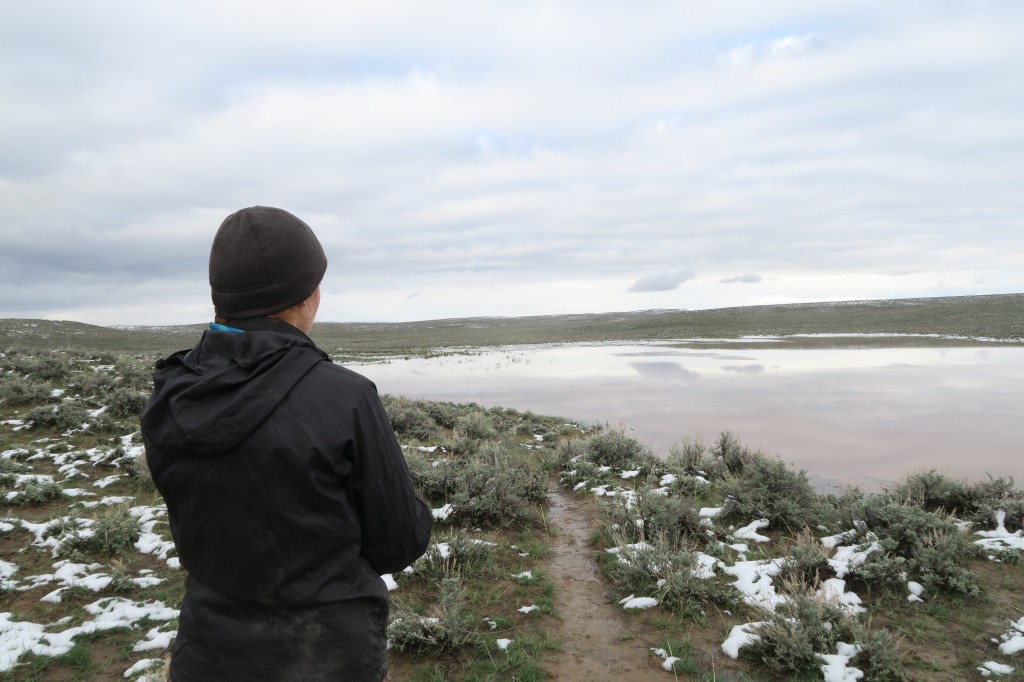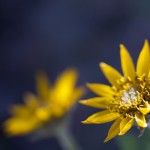I spend most of my time on this blog talking about the ups and downs of the field research we conduct in Wyoming. None of it would be worth the time and effort if it weren’t for the dedication of many great UC Davis undergraduates who have help advance the projects over the years. As in most years, we have new opportunities starting this summer to help collect behavioral data from the videos of lekking sage-grouse that we recorded in March and April. Note that we hope people will continue with us into the fall and beyond! Keep reading for more information.
If interested, please email me at ahkrakauer [at] ucdavis [dot] edu and I can let you know when the next information sessions will be.
Our lab is conducting field studies near Lander, Wyoming, focused on the behavior of a threatened bird called the greater sage-grouse. Our work investigates how females choose their mates, the importance skills and responsiveness during courtship interactions, and what factors (social, foraging) go into the decisions males make when courting females. These studies provide general insights into evolutionary biology, animal behavior, and ecology, and also inform conservation efforts. Specific questions may include determining male mating success, characterizing male and female behaviors and responsiveness during courtship, identifying and analyizing courtship sounds, and measuring how males court a robotic female during experimental trials. Most opportunities we are advertising involve collecting data from video. Most students begin by collecting data to support one of these larger questions, and may move into more independent projects in the future.
see our websites for more information:
http://patricellilab.faculty.ucdavis.edu/gail-patricelli/
http://www.alankrakauer.org/Answers to a few common questions I’ve received:
“I don’t have any experience- is that OK?”
**That’s fine. Everyone begins with a training set before collecting data, so no experience necessary. All we require is basic computer literacy (e.g. some familiarity with MS Excel), focus, and attention to detail.“Can I get paid for this?”
**Unfortunately this is a volunteer opportunity, and not paid. Course credit is available, however, and we can be flexible as to how it is assigned (for example, if you do not want to pay for research units over the summer, we can keep track of the hours and you can apply them to your research hours during the fall). One (1) research credit is about equal to 5hr/week during a summer session or 3hr/week during a regular quarter. Transcript Notation requires 40 hours.“How many hours per week do you need?”
**We ask for a commitment of between ~6 and 15 hours per week. You will need to dedicate between 2 and 3 hours per session. These hours can be any time Storer Hall is open, which is about 7:30AM until 6PM M-F. Please ask if you anticiapte needing to come in outside of these times.“What if I’m only here for the summer?”
**While we would prefer students who could join the lab for more than one quarter, you are welcome to contact us if you can only dedicate a single quarter (or summer) to research. Our ability to support this type of contribution will depend on project availability and the number of other students interested in joining the lab. Note that if you are interested in developing more independent projects with us, we do ask for more than one quarter of commitment.“How do you choose among the applicants”
**So far we usually have been fortunate to accept everyone who was interested in working here; hopefully that will be true this year as well. Most of the positions we offer do not require previous experience. Interest in the subject matter, scheduling, and willingness to work for more than one quarter are all plusses.“I would like to do a practicum/thesis/honors challenge. Can I do this here?”
**Possibly. We have had a number of fantastic students conduct capstone experiences here in the lab, some of which have led to scientific presentations and journal articles. Often students start on the more general projects and get their feet wet in the lab for one or more quarters before starting a more independent project. If we don’t already know you, then you’ll need to talk to Dr. Patricelli about a more advanced project first. We can not always guarantee that we have an appropriate project available.We’d like to meet with interested students. At this time we will give you more details about our overall research projects and where you might fit into this. In the mean time, can you tell us more about yourself (you may have already told me in your initial email but this will help me organize everything). Thanks!
Name
Phone NumberYear in School
Major
Relevant CoursesBriefly describe any previous research experience
Briefly describe how this would fit into your long-term goals (grad school, etc)
Can you work both Summer Session 1 and 2?
How many hours/week would you want to work this fall?
Are you interested in continuing to work this winter/spring?
Given the choice, are you more interested in:
Evolution/Behavioral Ecology
Conservation Biology/Ecology

